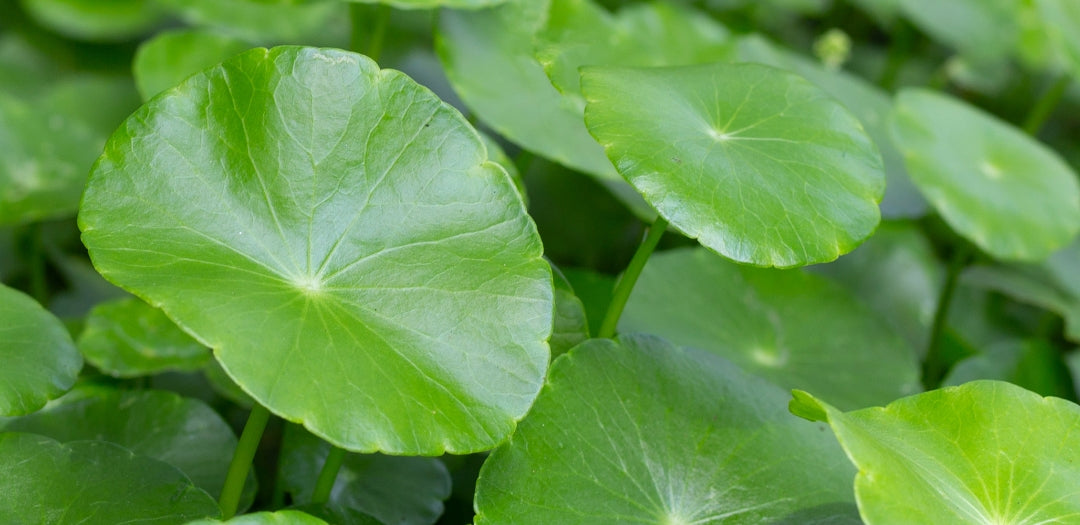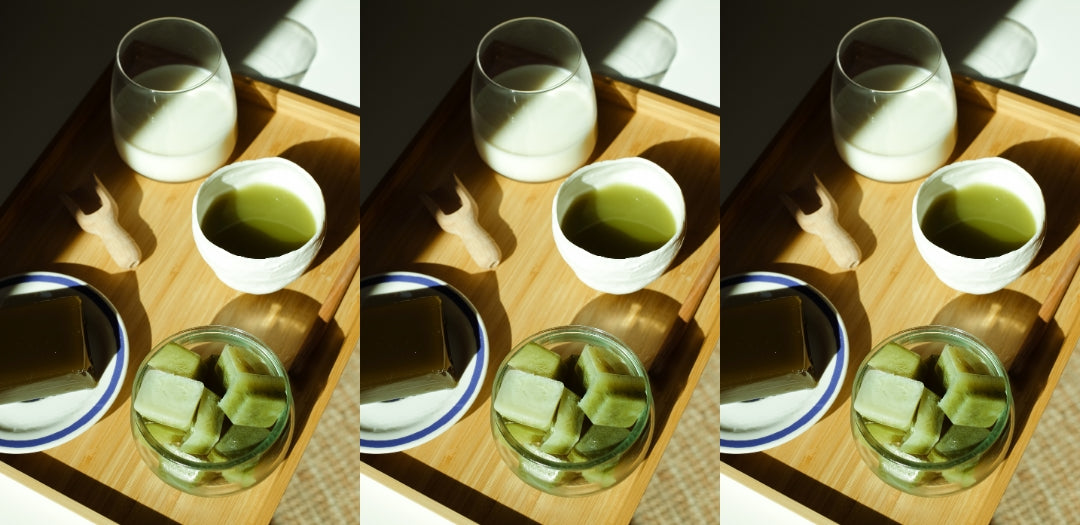Are you worried about those dark spots on your face? Well, you’re not alone. Pigmentation is a pretty common issue for most people. Like with any skin issue, in order to fix it you need to understand what are the underlying reasons for it.
What is pigmentation?

Let’s simplify things a bit. Pigmentation basically refers to a condition where the skin darkens in some body parts. Some examples of this would be dark circles, acne marks, sun tanning, and freckles (yes those cute things are a form of pigmentation too).
What causes pigmentation?
Pigmentation can happen as a result of many factors. Genetics do play a role but so does sun damage and even some diseases. Here is a quick list of factors that can cause pigmentation:
- Acne
- Physical Injury
- Pregnancy
- Lack of Vitamins and minerals
- Intense emotion stress
- Hormonal change
- Some medications
- Liver disease
- Gall bladder disease
What can you do to prevent it?
Naturally, the best option is always to prevent rather than cure. So, one of the first steps is to avoid things that lead to pigmentation. If your pigmentation is in form of dark circles, you needed to make sure that you are getting needed sleep.
Sometimes dark circles can happen cause of dehydration, and vitamin & mineral deficiencies. To avoid the deficiencies, get your daily dose of veggies & fruits and if needed, supplements too.
A major avoidable reason for pigmentation is sun damage. Wear the right amount of sunscreen i.e. right SPF for you and reapplying it throughout the day is the key. It’s important to wear sunscreen even when indoors, on cloudy days and even in no-sun-winters since UV damage can still happen and increase the chances of pigmentation.
But, the most common reason for dark spots & pigmentation tends to be acne. Acne-prone skin is often riddled with dark spots. The best way to avoid them is to control your breakout. If your acne is a result of poor skin care or a damaged skin barrier, it can be fixed by getting a skincare routine that supports skin barrier health. Put Simply’s 3-step skincare is perfect for this job.

However, if it is the result of an infection, then the best way would be to get help from a dermatologist.
What can you do to fix it?
Here is a brief overview of the ingredients that can be helpful in reducing the appearance of dark spots:
- Niacinamide: Studies have shown that Niacinamide can prevent the transfer of pigment within the skin, which can help reduce brown spots.
- Panthenol: It is known to help in wound healing. Since wounded skin tends to get pigmented & scarred, Panthenol helps by healing the skin quickly & preventing pigmentation.
- Vitamin C: This is a very popular ingredient for skin brightening and there’s a good reason for it. Vitamin C interferes with the process that is required to manufacture melanin in our skin and as a result, it helps lighten the dark spots.
- Vitamin A/Retinol: Retinol is a multifunctional ingredient. Not only does it fight signs of ageing, but it also reduces pigmentation resulting in clearer & smoother skin.
So incorporating products that contain these ingredients can help you treat pigmentation. Of course, if you are using actives like Vit C & A (which can irritate the skin and make it more vulnerable to sun damage, it is crucial to have a skincare routine that is not irritating, supports skin healing and protects from UV damage.
We hope this article helped you understand pigmentation a little better and help you figure out the best way to treat dark spots.


 Ceramides Bundle
Ceramides Bundle Everyday SPF Duo
Everyday SPF Duo Sensitive Skin Starter Kit
Sensitive Skin Starter Kit Repair & Protect Trio
Repair & Protect Trio


